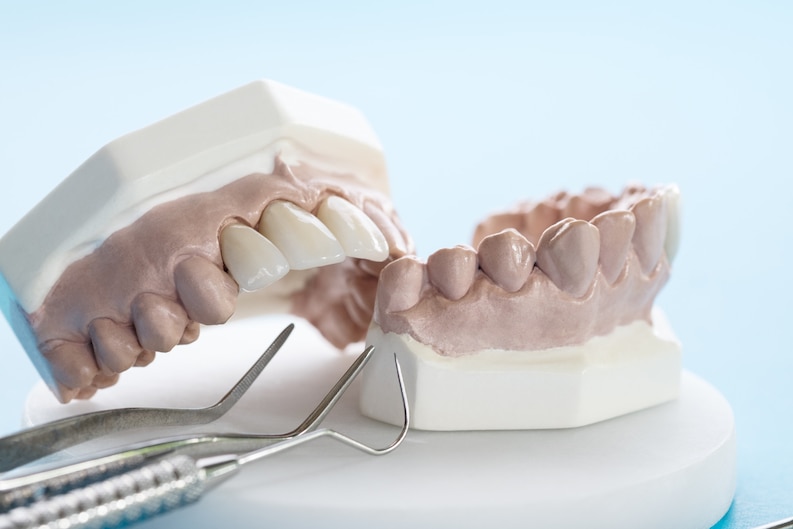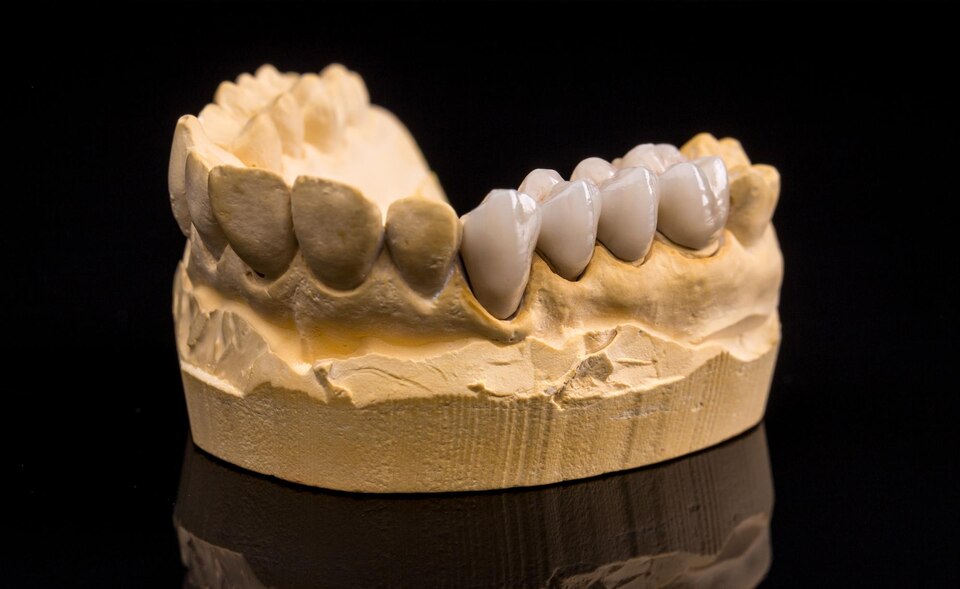You may not give your teeth much thought as you go about your day, but they play an important role in your overall health. Missing teeth can impair your ability to chew, bite, and even speak, not to mention how they can damage your self-esteem. Dental bridges are an effective way to address these difficulties while also restoring function and aesthetics. In this post, we'll delve into the realm of dental bridges, looking at how they operate, the various varieties available, their benefits and drawbacks, and other important details. So, let's get started!
How Do Dental Bridges Work?
Dental bridges function by filling the space left by one or more missing teeth. These prosthetics are intended to replace the function of your original teeth, allowing you to comfortably chew and speak. Aside from function, dental bridges fix gaps, restoring facial symmetry and beautifying your smile.
Advantages and Disadvantages of Dental Bridges
Dental bridges, like any other dental operation, have advantages and disadvantages. Let's have a look at some of them:
Advantages:
Restored Function: Dental bridges allow you to eat and speak normally, just like your natural teeth.
Aesthetic Enhancement:
They fill in the gaps to give you a whole and gorgeous smile.
Preserved Facial Structure: Bridges assist retain the natural shape of your face by preventing teeth from shifting.
Minimally Invasive: Maryland bonded bridges, in particular, are a minimally invasive solution that preserves adjoining teeth.
Disadvantages:
Natural Tooth Alteration: To accommodate the crowns, fixed bridges necessitate the contouring of surrounding teeth.
Potential for Wear and Tear:
Bridges, despite their durability, may require repair over time.
Oral Hygiene Issues: It is critical to clean between the potnic and gums to prevent plaque development.
Different Types of Dental Bridges
There are various types of dental bridges, each designed to meet certain demands and situations. Let's look at some of the most prevalent types:
Fixed Bridges:
The most common and commonly used variety is the fixed bridge. As the name implies, they are securely connected to adjacent natural teeth for support. These bridges are extremely sturdy, offering a long-term and dependable alternative to filling the gaps caused by lost teeth.
Cantilever Bridges:
Cantilever bridges are identical to fixed bridges, except that they are only supported on one side. When only one adjacent natural tooth is available to anchor the bridge, this type of bridge is employed. Though not as prevalent as fixed bridges, they can be an appropriate solution in certain scenarios.
Maryland Bonded Bridges:
Maryland Bonded bridges are a more conservative alternative to regular bridges. Instead of crowns or implants, they are supported by a metal or porcelain framework affixed to the back of neighboring teeth. This method reduces the impact on adjoining teeth, making it appealing to some patients.
How Long Do Dental Bridges Last?
The durability of dental bridges depends on a variety of factors, including your oral hygiene practice, dietary habits, and the type of bridge you select. Dental bridges can endure anywhere from 5 to 15 years or more on average.
Are Dental Bridges Removable?
No, dental bridges cannot be removed by patients. Bridges, as opposed to dentures, are set in place, offering a stable and permanent remedy for missing teeth.
Are Dental Bridges Painful?
The procedure for receiving dental bridges is normally painless because local anesthetic is given to assure your comfort. Some patients may suffer mild discomfort or sensitivity following the operation, although this is usually very transitory and may be treated with over-the-counter pain relievers.
Dental Bridges Cost
The cost of dental bridges varies depending on criteria such as the type of bridge, the materials utilized, and the procedure's intricacy. In general, permanent bridges are less expensive than implant-supported bridges. However, the long-term advantages and increased quality of life they bring make them an investment worth making.
FAQ
What Does a Dental Bridge Do?
A dental bridge fills the gap caused by one or more lost teeth, restoring chewing, biting, and speaking function. It also enhances your smile by filling in gaps and restoring facial symmetry.
What Are the Two Main Types of Dental Bridges?
Crown-supported bridges, which are joined to nearby natural teeth, and implant-supported bridges, which are attached to dental implants rather than crowns, are the two basic forms of dental bridges.
Finally, dental bridges provide a warm and reassuring option for restoring your smile and confidence. Whether you choose fixed bridges, Maryland bonded bridges, or implant-supported bridges, these incredible dental prosthetics can change your life by allowing you to eat, speak, and smile more comfortably. Remember to see your dentist to discover the best option for your personal needs before embarking on the path to a brighter, more brilliant smile!


